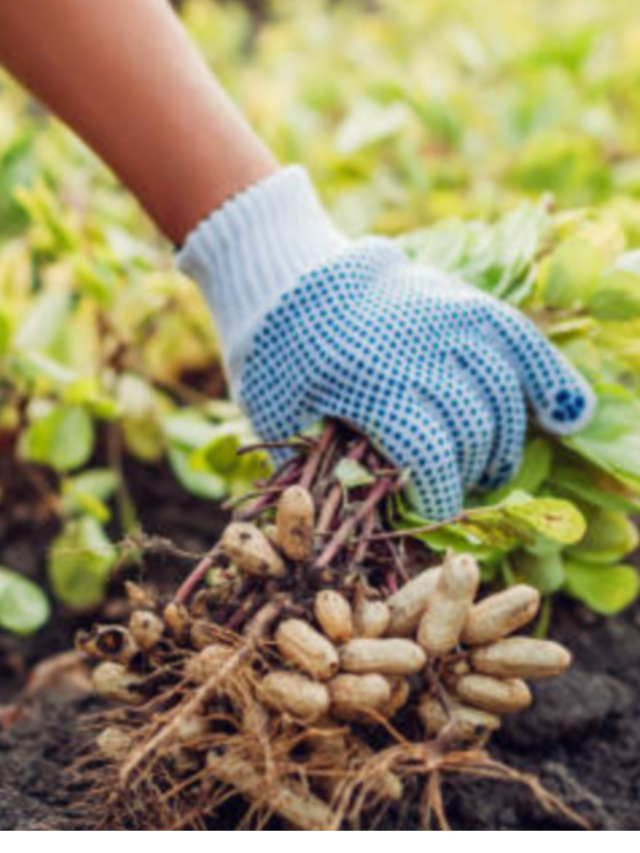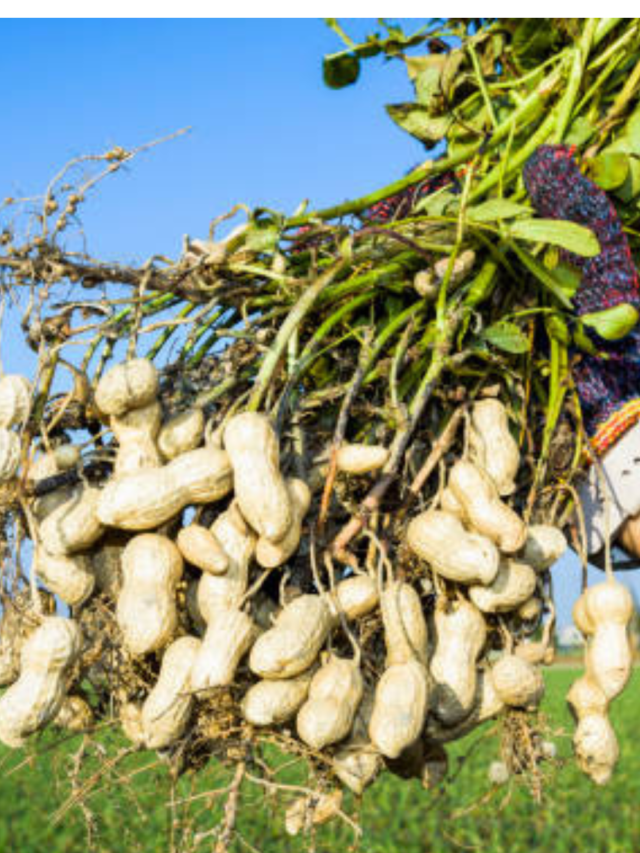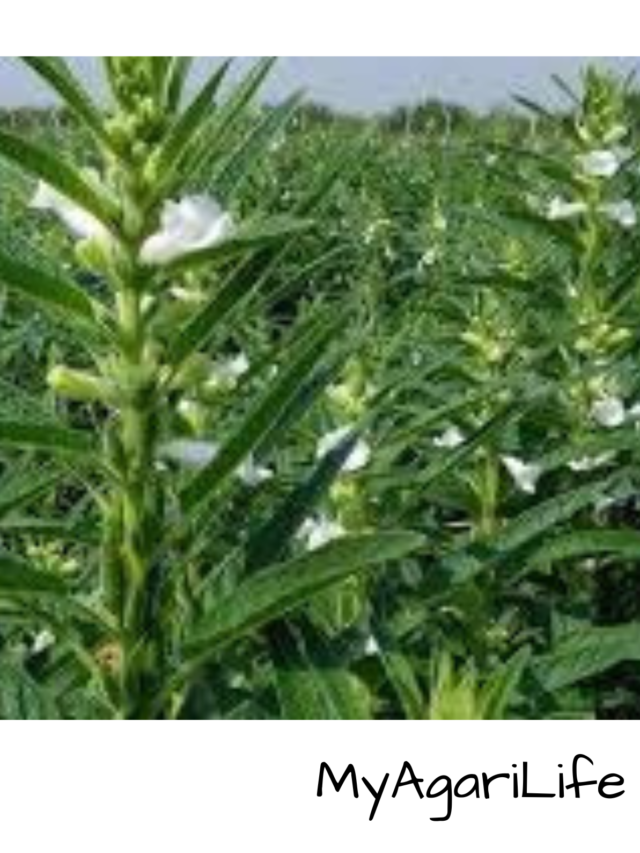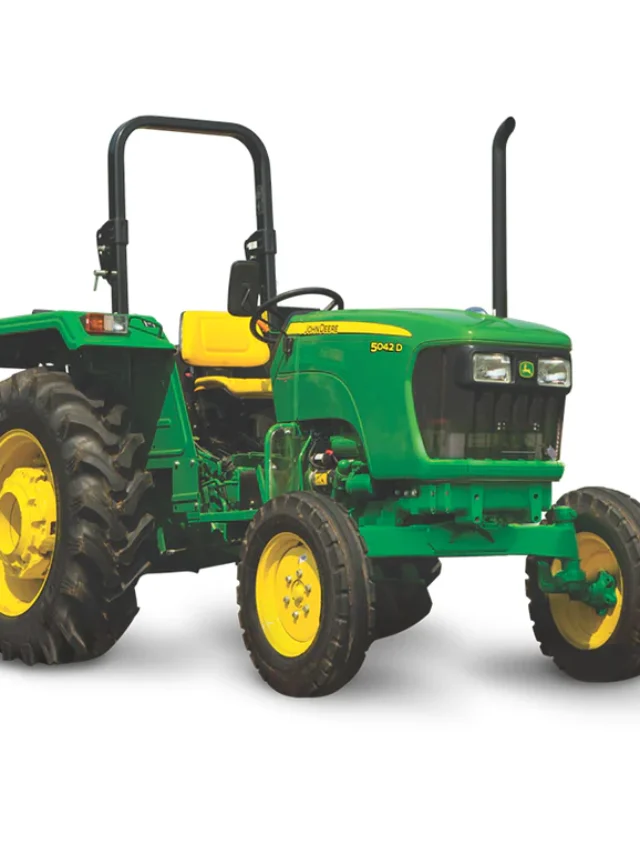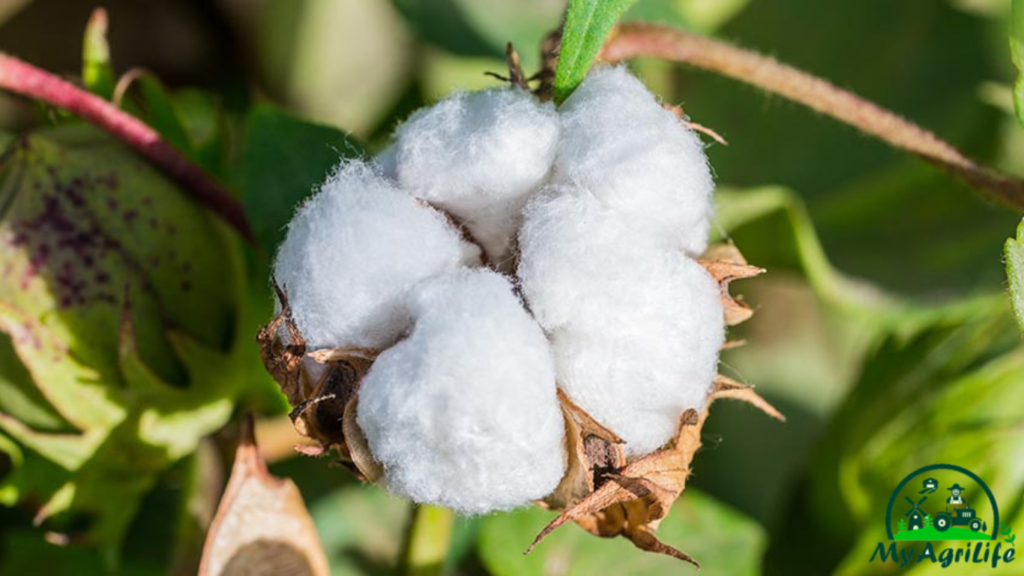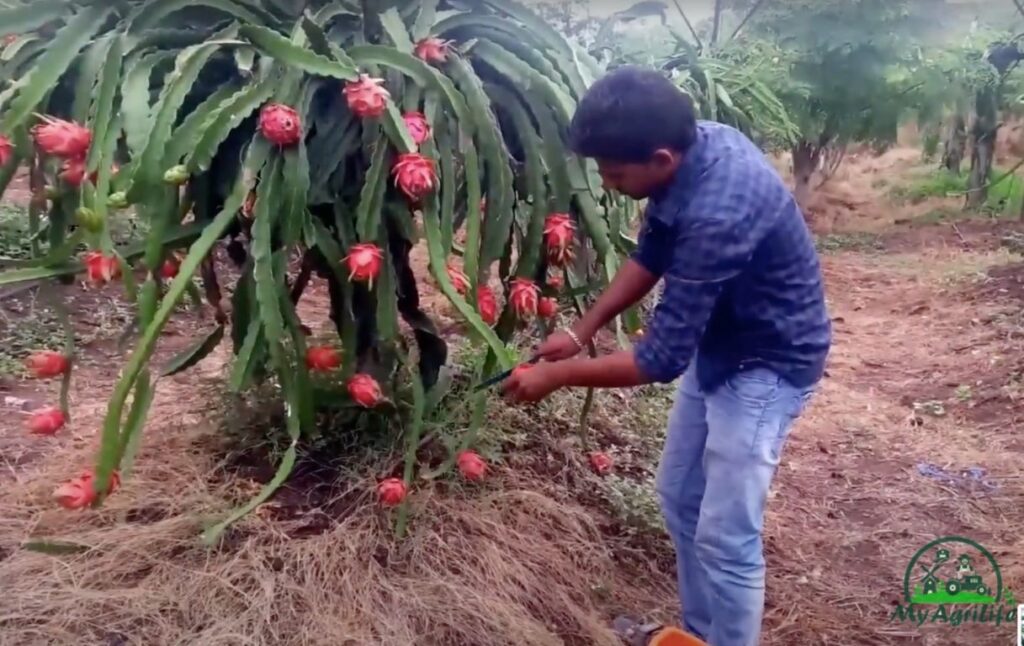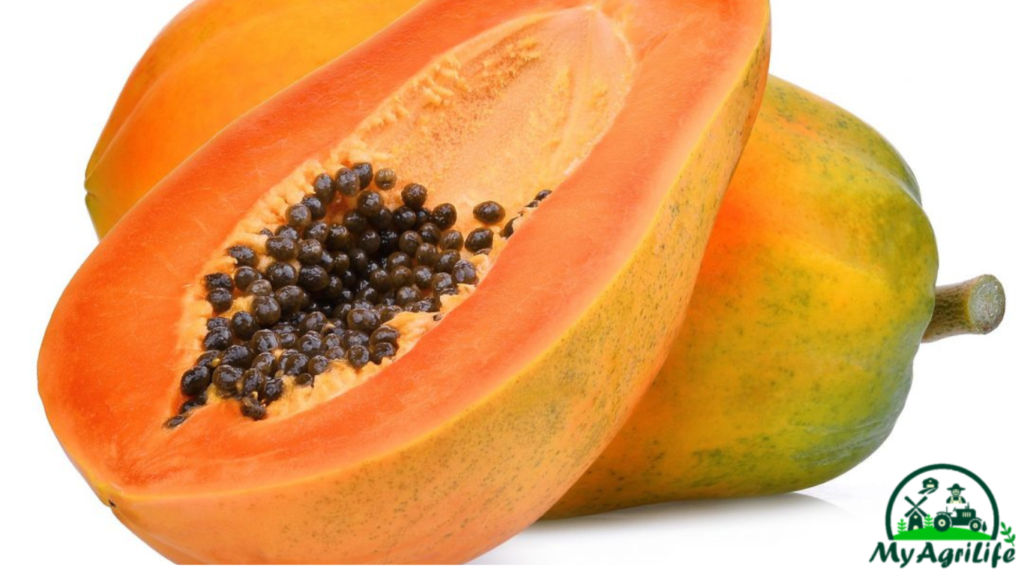
Papaya (Carica papaya) is a tropical fruit that is native to Mexico and Central America but is now widely cultivated in many tropical regions around the world. The fruit is typically oval or pear-shaped, with a yellow or orange outer skin and a soft, juicy, orange or pink flesh that is sweet and slightly musky in flavor.
Papayas are a good source of vitamins A and C, folate, potassium, and fiber. They also contain papain, an enzyme that can aid in digestion and may have anti-inflammatory effects. The seeds of the papaya fruit are also edible and have a peppery flavor.
Papayas are often eaten fresh as a snack or used in smoothies, salads, and desserts. They can also be cooked or used in savory dishes, such as stews or curries. In some cultures, the leaves of the papaya tree are used to wrap and cook food, or to make a tea that is believed to have medicinal properties.
Seed Specification Papaya
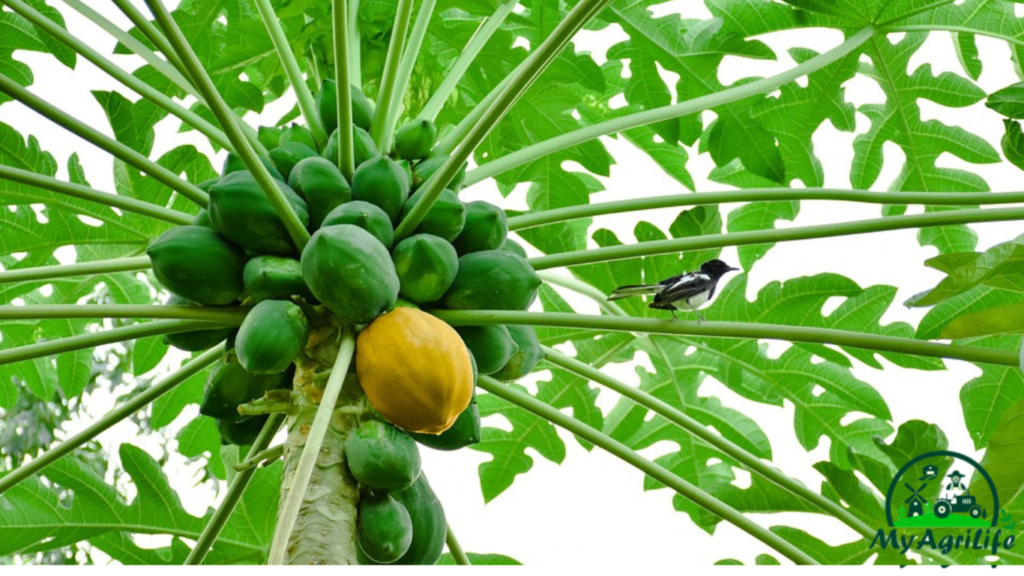
1.Papaya seeds are small and black, and are typically around 2-3 mm in size. They have a hard outer shell and are surrounded by a gelatinous membrane.
2.When selecting papaya seeds for planting, it is important to choose seeds from a healthy, mature fruit. The seeds should be fully developed, and not have any signs of damage or disease.
3.Papaya seeds are typically planted directly in the ground or in a container, and should be planted at a depth of around 1-2 cm. They require warm temperatures, and should be kept moist but not waterlogged. Papaya seeds typically take around 1-3 weeks to germinate, depending on the temperature and growing conditions.
It is also worth noting that papaya trees are dioecious, which means that they have separate male and female plants. In order to produce fruit, both male and female trees are needed, as the female trees require pollen from the male trees to fertilize their flowers.
Land Preparation & Soil Health Papaya
Land preparation and soil health are important factors to consider when growing papaya.
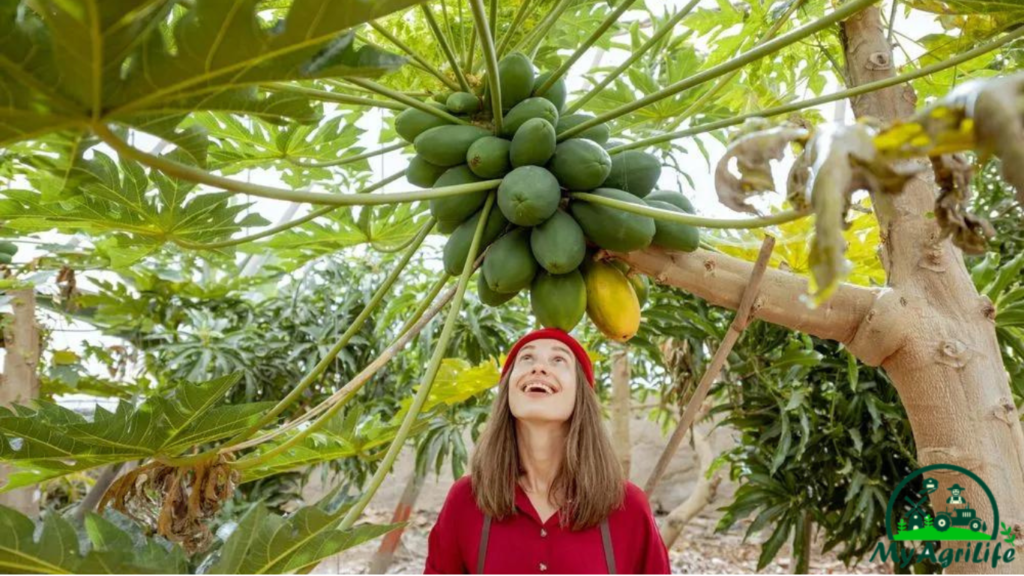
Here are some steps for land preparation:
1.Clear the land of any weeds, rocks, and debris.
2.Dig holes for planting the papaya trees. The holes should be at least 30 cm deep and 30 cm wide.
3.Mix organic matter, such as compost or well-rotted manure, into the soil in the planting holes. This will help to improve soil fertility and water retention.
Allow the soil to settle for a few days before planting.
Here are some tips for maintaining soil health when growing papaya:
1.Papayas require well-draining soil, as they are susceptible to root rot in waterlogged soil. Avoid planting in areas that are prone to flooding or have poor drainage.
2.Papayas prefer slightly acidic soil, with a pH range of 6.0 to 6.5. Test the soil pH and amend the soil as necessary with lime or sulfur.
3.Mulch around the base of the papaya trees with organic matter, such as straw or wood chips. This will help to retain moisture in the soil and suppress weed growth.
4.Fertilize regularly with a balanced fertilizer that is high in potassium. Papayas require a lot of potassium for fruit production.
5.Rotate crops to prevent soil-borne diseases and pests from building up in the soil. Avoid planting papayas in the same spot more than once every three to four years.
Crop Spray & Fertilizer Specification Papaya
Crop spray and fertilizer application are important aspects of papaya cultivation. Here are some guidelines for crop spray and fertilizer application for papaya:
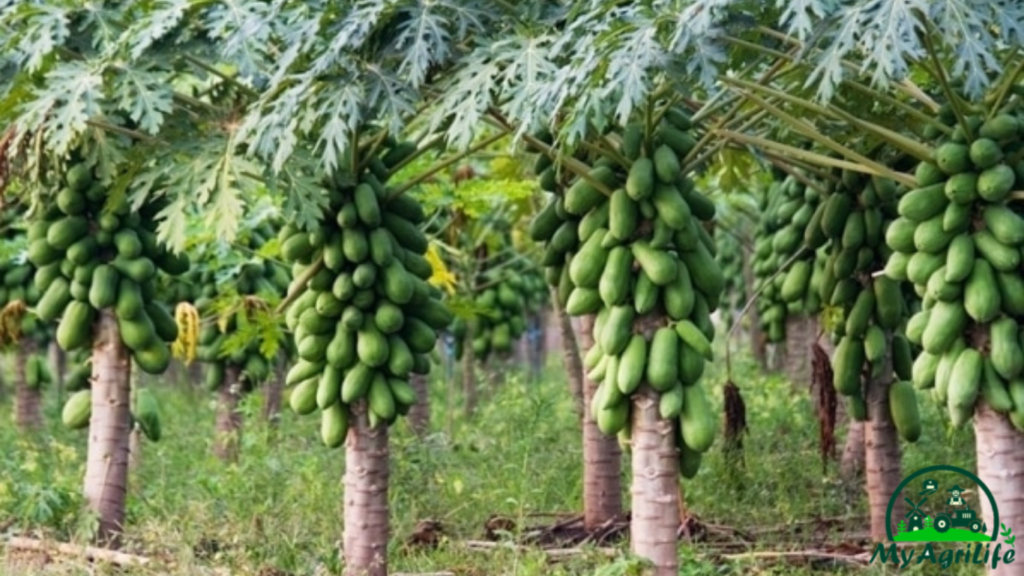
Crop Spray:
1.Papaya is susceptible to various pests and diseases such as papaya mealybug, papaya fruit fly, powdery mildew, and black spot. Insecticides and fungicides should be applied as needed to control these pests and diseases.
2.It is important to follow the recommended application rates and intervals for any pesticides used to prevent harm to the environment, humans, and animals.
Some organic options for pest and disease control include neem oil, garlic spray, and copper fungicide.
Fertilizer:
1.Papayas require a balanced fertilizer that is high in potassium (K), with a ratio of NPK (nitrogen, phosphorus, potassium) of 6-2-12.
2.Apply fertilizers at least four times a year, with each application consisting of 200-250 grams of fertilizer per tree for young trees and 500 grams per tree for mature trees.
3.Spread the fertilizer evenly around the base of the tree, avoiding contact with the trunk, and water thoroughly after application.
4.Organic options for fertilization include compost, well-rotted manure, or organic fertilizer blends that are specifically formulated for papayas.
It is important to note that excessive use of fertilizers and pesticides can harm the environment and the health of the plants. Careful monitoring of plant health and proper application rates are crucial for effective and sustainable papaya cultivation.
Weeding & Irrigation Papaya
Weeding and irrigation are important practices in papaya cultivation. Here are some guidelines for weeding and irrigation for papaya:
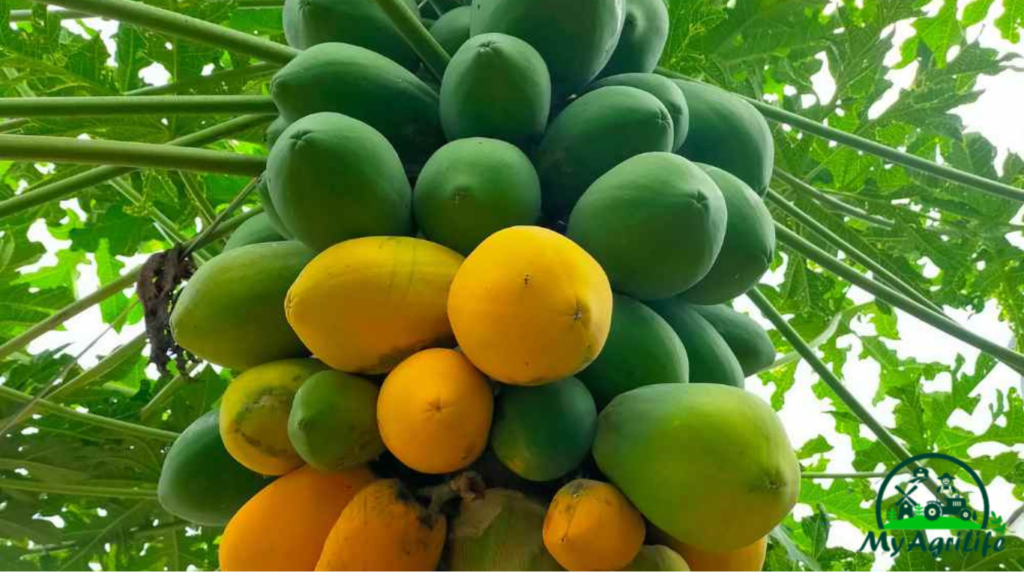
Weeding:
1.Weeds can compete with papaya plants for nutrients, water, and light, and can also harbor pests and diseases. It is important to keep the area around papaya plants weed-free.
2.Hand weeding is recommended, especially around young trees, to avoid damaging the roots.
Mulching around the base of the papaya trees with organic matter such as straw or wood chips can help to suppress weed growth.
Irrigation:
1.Papayas require regular watering to maintain healthy growth and fruit production. The amount and frequency of irrigation will depend on the climate, soil type, and stage of growth.
2.Young trees require more frequent irrigation than mature trees. During the first year, papaya trees should be watered two to three times a week.
3.Established trees may only require irrigation once a week, but this will vary depending on the weather and soil conditions.
4.Papayas prefer well-draining soil, so it is important to avoid overwatering or allowing water to pool around the base of the tree, which can cause root rot.
5.Drip irrigation or soaker hoses can be used to deliver water directly to the roots, which can help to conserve water and prevent soil erosion.
Proper weeding and irrigation practices can help to maintain healthy papaya plants and promote optimal growth and fruit production.
Harvesting & Storage Papaya
Harvesting and storage are critical steps in papaya cultivation. Here are some guidelines for harvesting and storing papaya fruit:
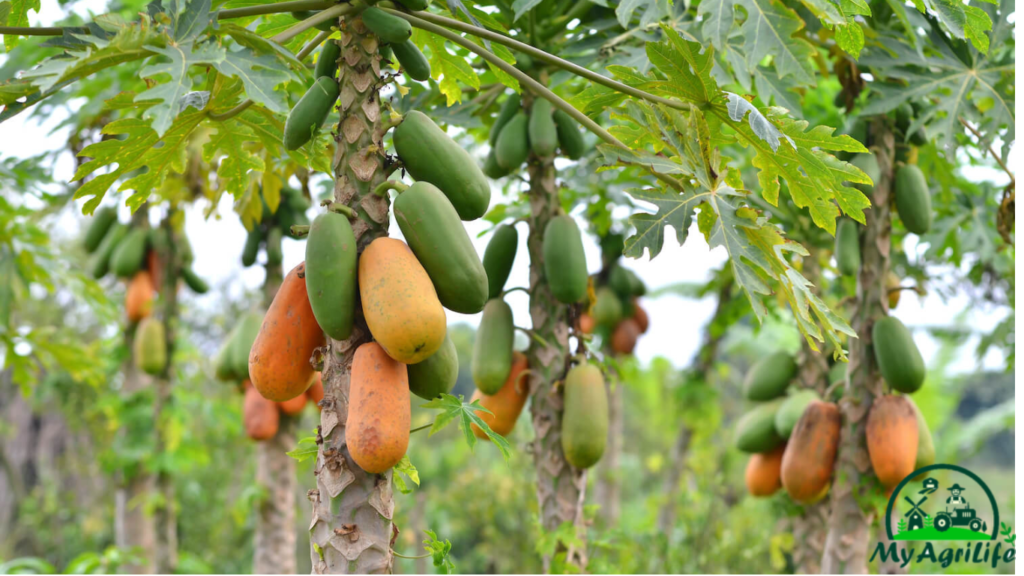
Harvesting:
1.Papayas should be harvested when they are ripe but still firm to the touch. The skin should have a yellow-orange color and there should be no green patches.
2.The fruit should be cut from the tree with a sharp knife or pruning shears, leaving a short stem attached to the fruit.
3.The fruit should be handled gently to avoid bruising or damaging the skin.
Papayas should be harvested regularly to prevent over-ripening or rotting on the tree.
Storage:
1.Ripe papayas can be stored at room temperature for a few days, depending on the level of ripeness.
2.To store papayas for a longer period of time, they should be refrigerated. Ideally, they should be stored at 7-10°C with a relative humidity of 85-90%.
4.Papayas should not be stored near fruits that release ethylene gas, such as apples or bananas, as this can cause over-ripening and spoilage.
5.Unripe papayas can be stored at room temperature until they ripen, but they should be checked regularly to avoid over-ripening or rotting.
Proper harvesting and storage practices can help to maintain the quality and freshness of papaya fruit, ensuring a longer shelf life and better marketability.
Conclusion
In conclusion, papaya farming can be a profitable venture if proper care and management practices are employed. It is important to select a suitable site, prepare the land well, and ensure proper soil health for optimal growth and fruit production. Regular irrigation and weeding, as well as crop spray and fertilizer application, are critical for maintaining healthy papaya plants and preventing pest and disease infestations.
Harvesting should be done at the right time and in the proper manner to avoid damage to the fruit. Storage practices are also crucial to maintain the quality and freshness of the fruit.
By following these guidelines, papaya farmers can produce high-quality fruit that is in demand in the local and international markets. However, it is important to note that proper management practices are key to achieving success in papaya farming. Farmers should stay informed about new developments in the industry, such as new pest and disease control measures, and adapt their practices accordingly to maximize yield and profitability.
